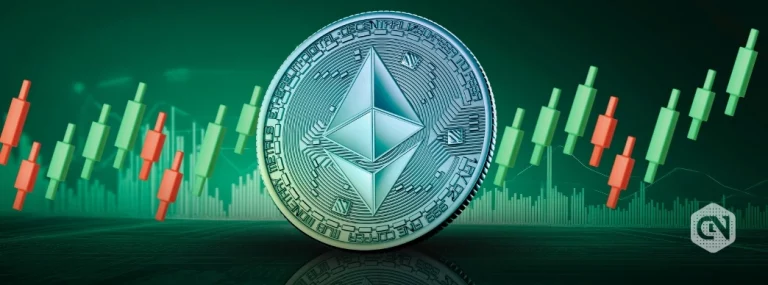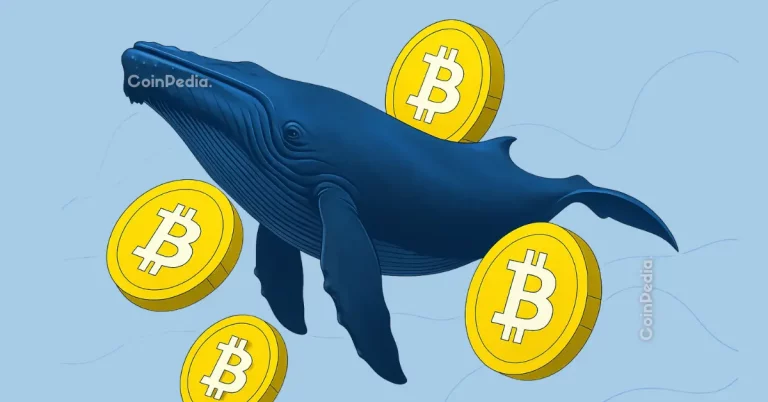
In a recent address in São Paulo, Brazil, Børge Brende, the president of the World Economic Forum (WEF), shared a sobering warning about three potential financial bubbles that could disrupt global economic stability in the coming months. These bubbles involve cryptocurrencies, artificial intelligence (AI) investments, and rising global debt levels. His insights have sent waves across the financial community, with many taking a closer look at the fundamentals driving today’s economy.
The Cryptocurrency Bubble: Hype or Hazard?
Brende pinpointed the cryptocurrency sector as the first significant bubble. Despite ongoing regulatory uncertainty, investors are pouring money into digital assets at astonishing speeds. While cryptocurrencies like Bitcoin and Ethereum have achieved mainstream attention, history suggests that unchecked hype often leads to market volatility and eventual corrections. As institutional adoption of crypto increases, investors are advised to tread carefully.
Artificial Intelligence: The Dot-Com Bubble of Today?
The AI sector, absorbing approximately $500 billion annually, represents the second potential bubble. While AI has transformational capabilities, current valuation trends mirror those of the late 1990s dot-com bubble. Brende emphasized that while AI promises productivity gains of up to 10% over the next decade, the rapid pace of investment may overshadow the realistic pace of adoption. Major entities like Nvidia have seen soaring stock prices fueled by this frenzy.
Looking to explore the world of AI? Consider tools like OpenAI’s ChatGPT for small-scale productivity enhancement or business solutions.
The Debt Crisis: The Hidden Giant
Perhaps the most concerning bubble is global debt, which has reached its highest levels since 1945. Governments worldwide are grappling with debt levels 25% higher than pre-pandemic metrics. Brende cautioned that this fragility leaves no room for economic missteps. A single economic shock, rising interest rates, or a recession could trigger cascading effects with long-term repercussions.
Are These Bubbles Real or Just Market Corrections?
The financial community remains divided. While notable figures like Ray Dalio echo Brende’s concerns, others argue these trends represent calculated risks rather than bubbles. For example, reports suggest that AI companies are achieving sustainable revenue generation, and 83% of institutional investors plan to increase crypto investments by 2025, highlighting optimism in these sectors.
What Should Investors Do?
It’s crucial for investors to maintain a balanced approach during times of market uncertainty. Diversifying portfolios and conducting thorough research are key strategies. Additionally, tools such as eToro, a leading investment platform, can provide real-time guidance for navigating challenging economic conditions in sectors like cryptocurrency, AI, and more.
As the world watches these potential bubbles evolve, the balance between innovation and economic sustainability will remain a defining challenge for leaders, investors, and industries alike.



